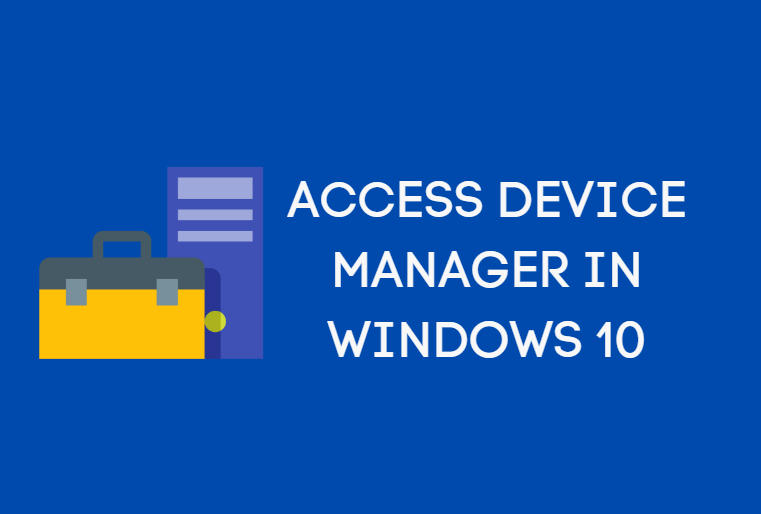As businesses and organizations become more global, the need for fast and reliable document translation has grown significantly. Among the most commonly translated file formats is the PDF (Portable Document Format), known for preserving content layout regardless of device or platform. However, translating PDFs comes with its own set of challenges. This guide outlines the common problems encountered during PDF translation in 2025 and presents reliable solutions to troubleshoot them effectively.
Common Problems When Translating PDFs
While PDFs offer stability and consistent formatting, they often introduce technical complications when it comes to translation. Here are some of the major issues professionals and businesses encounter:
- Text Extraction Failures: Many PDFs are image-based or contain embedded fonts, making the actual text inaccessible to translation software.
- Layout Distortion: Translating text from one language to another often changes the text length, resulting in distorted alignment or layout shifts.
- Unsupported Characters and Fonts: Some translation engines cannot recognize or properly render special characters, especially in Asian, Cyrillic, or right-to-left scripts like Arabic and Hebrew.
- Embedded Graphics or Charts: Text inside images or diagrams often gets overlooked during the translation process if not manually extracted and replaced.
- Confidentiality Risks: Uploading sensitive PDFs to online translation tools raises data security concerns in regulated industries.

Solutions to PDF Translation Issues
To ensure accurate PDF translation in 2025, both automation and human oversight are essential. Here are key solutions to counteract the common issues identified above:
1. Use OCR for Image-Based PDFs
If your document is a scanned image, you’ll need an Optical Character Recognition (OCR) tool. Software such as Adobe Acrobat Pro or online platforms like ABBYY FineReader Advanced can detect text within images and convert them into editable formats.
2. Preprocess the PDF
Before translation, convert PDFs into editable formats such as DOCX or HTML. This allows better text manipulation without layout constraints. Conversion tools like Solid Converter or online services such as Zamzar can be helpful here.
3. Choose the Right Translation Software
Selecting a PDF-compatible CAT (Computer-Assisted Translation) tool such as SDL Trados Studio, Memsource, or Smartcat can provide better control over formatting during translation. These tools also allow translation memory usage, which increases consistency.
4. Control Layout with Professional DTP Services
Desktop Publishing (DTP) teams specialize in reformatting translated content to match the original layout. Especially when working with right-to-left languages or multilingual publications, DTP can solve layout inconsistencies after translation.
5. Manually Translate Embedded Images
Identify text inside charts, icons, or other embedded graphics early in the process. Manually extract this content, translate it, and use design software to replace the text in the visual elements post-translation.

Security Considerations in 2025
With increased regulation and data protection mandates like GDPR and HIPAA, confidentiality is more critical than ever. Here are some steps to protect sensitive data while translating PDFs:
- Use On-Premise or Encrypted Solutions: Opt for translation software that runs locally or uses end-to-end encryption to transmit files securely.
- Sign NDAs with Vendors: When outsourcing translation projects to freelancers or agencies, make sure proper legal agreements are in place.
- Remove Personal Data: Sanitize PDFs of identifiable information before sharing for translation whenever feasible.
Best Practices for Efficient PDF Translation
In addition to addressing specific issues, follow these best practices for smoother PDF translation workflows:
- Standardize Your File Structures: Use consistent fonts, formatting, and layout across documents for predictable results.
- Create a Terminology Glossary: A predefined glossary ensures linguistic consistency and speeds up the translation process.
- Use Layered File Formats When Possible: Providing layered document files (like .IDML or .PSD) alongside the PDF helps translators and designers manipulate content more effectively.
Conclusion
PDFs remain a vital format for digital communication but introduce unique problems in translation workflows. Whether the issues arise from inaccessible text, layout inconsistencies, or security concerns, they can be effectively addressed using the right tools, processes, and professional services.
By combining OCR, CAT tools, desktop publishing, and mindful security practices, organizations can achieve accurate and efficient PDF translation in 2025 and beyond—without compromising quality or compliance.





